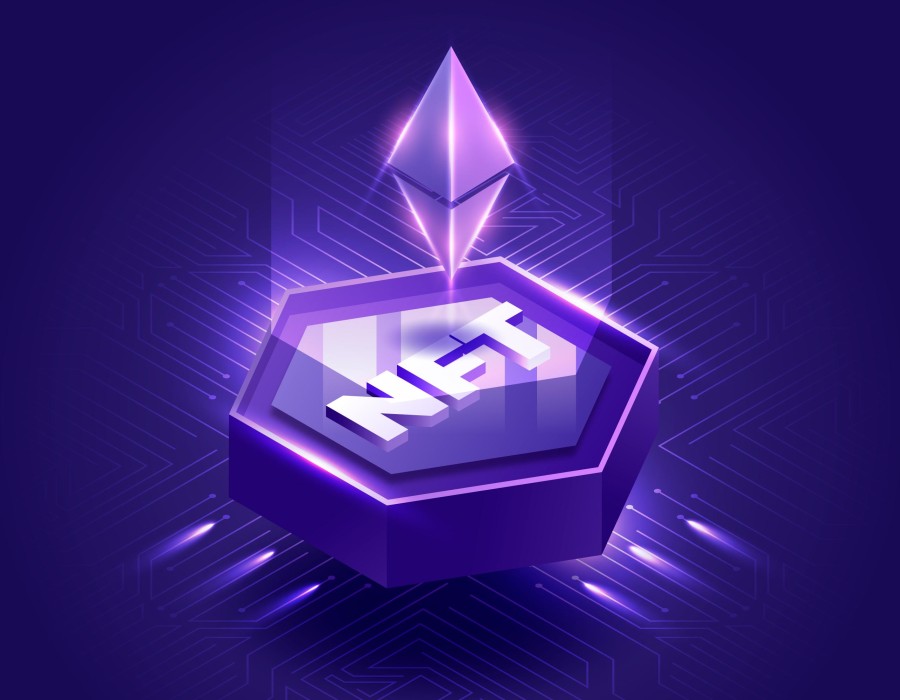Non-fungible tokens (NFTs) have revolutionized the digital assets market, providing unique ownership rights and proving authenticity in the digital realm. NFT platforms serve as marketplaces for buying, selling, and trading these digital assets. With the rise of NFTs, platforms like Autograph have gained significant traction, offering innovative features and experiences for creators and collectors alike.
Understanding Autograph: A Unique NFT Platform
Autograph is not just another NFT platform; it's a hub for celebrities and artists to create, authenticate, and sell digital collectibles. Founded by sports icon Tom Brady and entrepreneur Richard Rosenblatt, Autograph stands out for its celebrity-endorsed content and exclusive offerings. The platform leverages blockchain technology to ensure the authenticity and ownership of digital assets, making it a trusted marketplace for collectors.
Key Features of Autograph
Autograph offers several unique features that differentiate it from other NFT platforms:
- Celebrity Partnerships: Autograph collaborates with renowned personalities to create exclusive digital collectibles, enhancing the platform's value proposition.
- Authenticity Verification: Through blockchain technology, Autograph verifies the authenticity of digital assets, providing users with confidence in their purchases.
- Limited Editions: Many of Autograph's offerings are limited edition, adding scarcity and value to the digital collectibles.
- Interactive Experiences: Autograph provides interactive experiences for users, such as virtual signings and meet-and-greets with celebrities.
- Community Engagement: The platform fosters a vibrant community of collectors and creators, encouraging collaboration and engagement.
Steps to Make an NFT Platform Like Autograph
Developing an NFT platform like Autograph requires careful planning and execution. Here are the essential steps:
Market Research and Analysis
Before diving into development, conduct thorough market research to understand the demand for NFTs and identify potential niches or opportunities.
Conceptualization and Planning
Define your platform's vision, target audience, and unique selling proposition. Create a detailed roadmap outlining the features, functionalities, and technical requirements.
Development and Design
Build the platform's architecture, user interface, and backend infrastructure. Focus on creating an intuitive and visually appealing design that enhances the user experience.
Smart Contract Integration
Implement secure and reliable smart contracts to manage the creation, ownership, and transfer of NFTs. Ensure compatibility with popular blockchain networks like Ethereum or Binance Smart Chain.
User Interface and Experience
Design an intuitive and user-friendly interface that allows users to easily navigate the platform, discover content, and interact with creators and collectors.
Testing and Quality Assurance
Thoroughly test the platform for bugs, glitches, and security vulnerabilities. Conduct beta testing with real users to gather feedback and make improvements.
Launch and Marketing Strategy
Develop a comprehensive marketing strategy to promote your platform and attract users. Utilize social media, influencer partnerships, and targeted advertising to generate buzz and drive traffic.
Choosing the Right Development Approach
Decide whether to build your NFT platform in-house or outsource development to a third-party provider. Consider factors such as budget, timeline, and technical expertise.
Importance of Security and Compliance
Address security concerns and regulatory requirements to ensure the safety and legality of your platform. Implement robust security measures to protect user data and assets.
Monetization Strategies for NFT Platforms
Explore various monetization strategies, such as transaction fees, listing fees, premium memberships, and partnerships. Find a balance between generating revenue and providing value to users.
Future Trends in NFT Platforms
Stay informed about emerging trends and technologies in the NFT space, such as decentralized finance (DeFi) integration, cross-chain interoperability, and augmented reality (AR) experiences.
Conclusion
In conclusion, creating an NFT platform like Autograph requires careful planning, innovative thinking, and a focus on user experience. By following the steps outlined above and staying attuned to market trends, you can develop a successful platform that attracts users and fosters a thriving community of creators and collectors.
FAQs
Q. How much does it cost to develop an NFT platform like Autograph?
The cost of development varies depending on factors such as features, complexity, and development approach. It's essential to consult with experienced developers to get an accurate estimate.
Q. Can anyone create NFTs on Autograph, or is it limited to celebrities?
While Autograph emphasizes celebrity partnerships, anyone can potentially create and sell NFTs on the platform. However, gaining visibility and traction may be more challenging without celebrity endorsement.
Q. What blockchain networks are compatible with NFT platforms like Autograph?
Most NFT platforms are built on Ethereum due to its robust smart contract capabilities and established ecosystem. However, other blockchain networks like Binance Smart Chain and Flow are also gaining popularity for NFT development.
Q. How can I ensure the security of my NFT platform and user assets?
Implementing rigorous security measures, such as encryption, multi-factor authentication, and regular security audits, is crucial to safeguarding your platform and user assets from cyber threats.





Comments